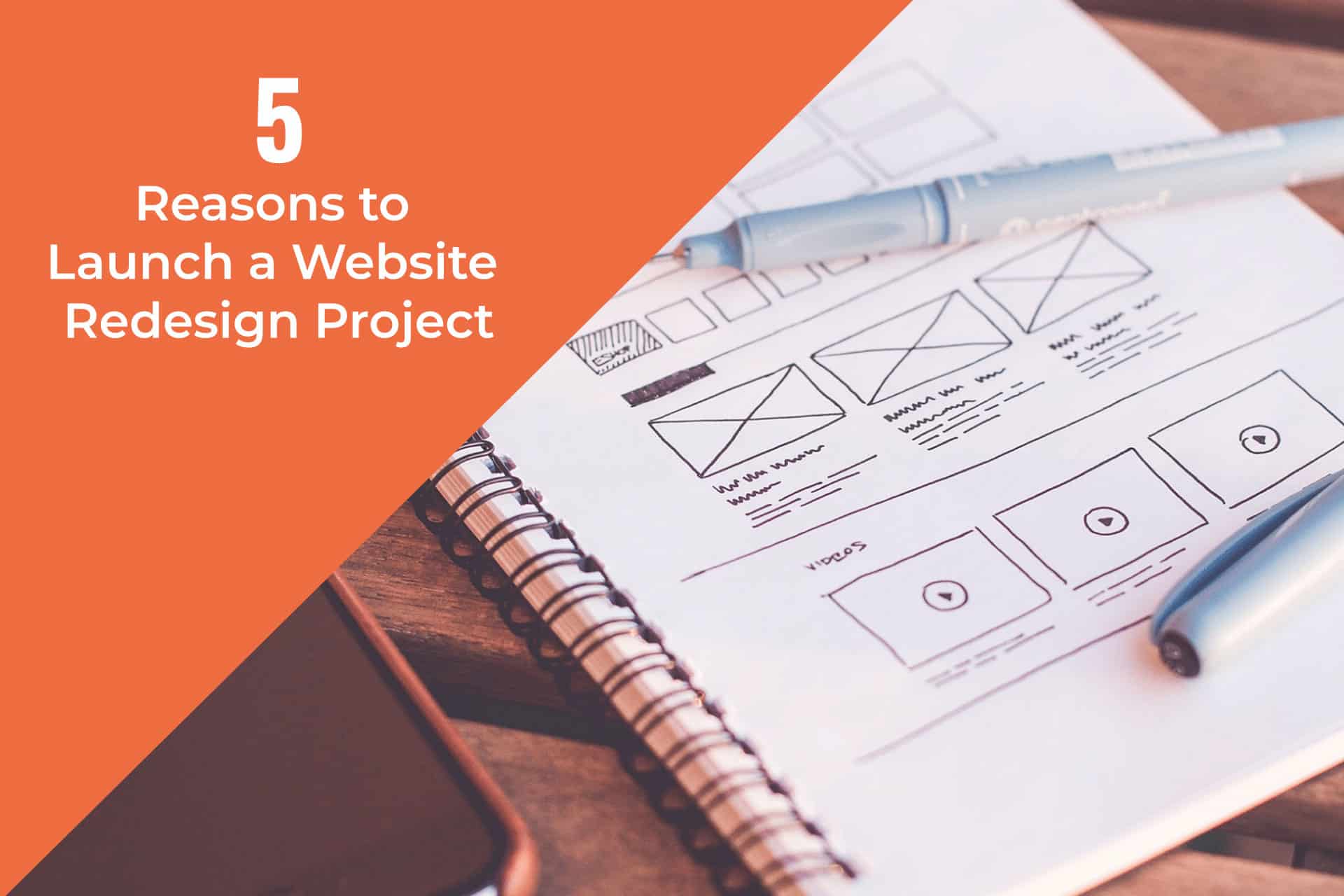The average American now spends over half of their day staring at a screen. A recent Nielsen report reveals that adults in the United States spend over 12 hours a day on digital devices. This includes time spent using apps, browsing the web on smartphones, streaming services, and using desktop computers.
With those statistics, it is hard to deny that the web is an important resource for many aspects of life. For your nonprofit organization, it allows you to reach a wider audience. But is your website user-friendly for people with disabilities? Does your website design allow new and existing clients, donors, or volunteers with disabilities to access your site the same way as someone without?
Why Accessibility Matters
Web accessibility is an inclusive practice. It works to remove barriers that prevent interaction with or access to websites by people with disabilities. It doesn’t mean usable only with someone else’s help, or usable to a lesser degree than for someone without a disability. Well-developed sites make it possible for everyone to use them, regardless of individual needs or disabilities.
Digital technology has the potential to be a great equalizer. Since those with disabilities may have difficulties getting to a physical location, online services are a convenient “anywhere, anytime” option. But did you know that in 2020, 95% of websites reviewed for accessibility failed the Web Content Accessibility Guidelines 2.0 test?
For a nonprofit organization, having an accessible website has many advantages. Below are our top three reasons for an accessible and user-friendly website.
1. Disabilities are not rare
According to the Centers for Disease Control, up to 1 in 4 adults has some type of disability. The disability market is “larger than China — 1.85 billion people, with $1.9 trillion in annual disposable income, live with some form of disability.” Any of us may experience a disability in our lifetime.
More than that, people with tired eyes or screen fatigue, those using a mobile device, or those with lousy bandwidth can all benefit from a user-friendly website. It can even improve your search engine optimization (SEO) and boost your credibility!

2. Legality
The U.S. Department of Justice (DOJ) maintains that web accessibility is covered under Title III of the ADA. While the wording is somewhat abstract, courts have often referred to the Web Content Accessibility Guidelines (WCAG) as a benchmark for accessibility, even though these guidelines are not officially codified by the DOJ.
Currently, if your nonprofit organization interfaces with a government agency in any capacity, it must be compliant with accessibility laws.

3. It’s Dollars and Sense
Your nonprofit organization can also benefit financially by having a compliant website. If you are receiving any government funding, not having a compliant website can put you in jeopardy. Additionally, people with disabilities have over $200 billion in discretionary spending and can influence the spending of their family and friends.
If all customers can serve themselves online with ease, they are less likely to reach out to your call centers. This allows your staff to focus on other aspects of their day-to-day work, keeping your nonprofit running smoothly.
Nobody sets out to have a noncompliant website, but many websites are. If your organization invests in accessibility, it’s sure to pay dividends.
If you aren’t sure whether your website is ADA compliant, reach out to AmDee today. We’re always happy to schedule a no-cost introduction to help you determine what is right for your organization and its clients.
This blog was updated on May 23, 2024.
You May Also Like

Having a website is an absolute necessity for any business. Gone are the days when you could simply update your website once and forget about it for months on end. In today’s ever-changing digital landscape it is important to constantly track and measure how well your website performs, as well…
read more >
Thomas Bertram (T. Bert) Lance famously said, "If it ain't broke, don't fix it." Unfortunately, T. Bert Lance couldn’t foresee the future. He didn’t know that over 94% of Americans would be on the internet by 2024. If your website doesn't receive periodic updates or isn't accessible, users can become…
read more >


